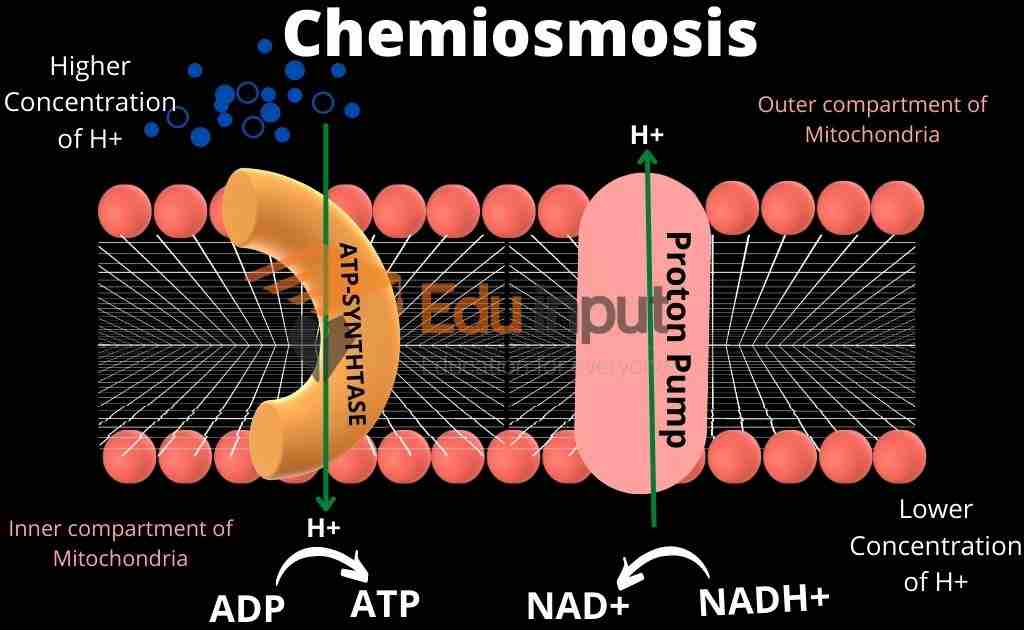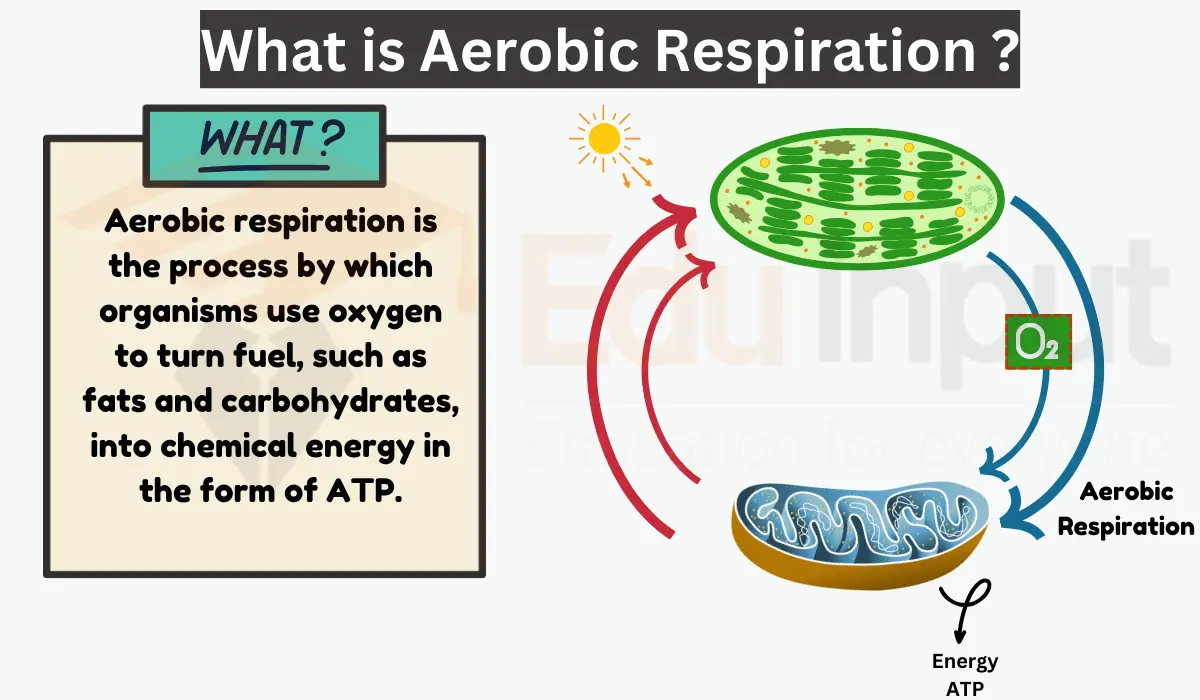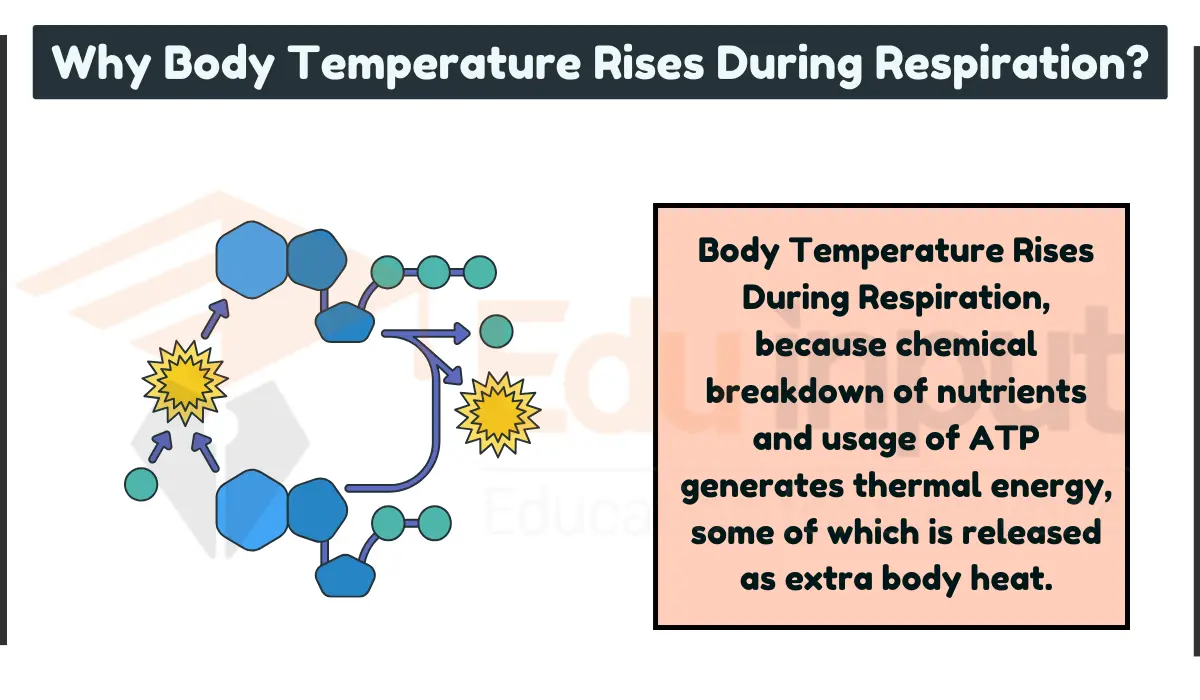ATP Synthesis Pathway | Substrate Level Phosphorylation | Mechanism of Chemiosmosis
The food we take must be broken down into smaller compounds. Proteins, fats, and carbohydrates must be split into smaller molecules before our cells can use them as either energy or as construction materials for other molecules. Cells can break some molecules down with enzymes. we’ll look at how this happens.
Break down of Food molecules occurs in three steps:
- Enzymatic breakdown of food molecules takes place. This process occurs either in our intestines or in a specialized organelle within cells known as the lysosome. The lysosome is a membranous organelle that contains digestive enzymes. These enzymes are separated from the cytosol or the jelly-like material that fills cells.
- Glycolysis breaks down glucose molecules into pyruvate.
- The oxidative breakdown of food molecules takes place entirely in mitochondria. The high-energy electrons from NADH are passed along an electron-transport chain within the mitochondria. The energy released by their transfer produces ATP.
Pathways of ATP Synthesis
Animals make ATP through two pathways:
- Substrate Level Phosphorylation
- Chemiosmosis
1. Substrate Level Phosphorylation
The synthesis of ATP during the reaction of glycolysis and Krebs cycle is called substrate level phosphorylation. ATP formation from ADP and phosphate requires the input of energy.
The reaction is coupled with an exergonic reaction. So it releases energy. An Enzyme transfer phosphate groups to ADP from substrates to form ATP molecules. This exergonic reaction produces more energy than what is necessary to drive ATP synthesis.
The generation of ATP by coupling is an exergonic reaction. Substrate-level phosphorylation appeared very early in the history of organisms.

2. Chemiosmosis
The coupling reaction in which the synthesis of ATP molecules takes during the movement of H across an H gradient is called chemiosmosis. Chemiosmosis generates more ATP than substrate-level ATP.
Chemiosmosis has the following mechanism:
1- The mitochondrial membranes have transmembrane channels. These channels can pump protons. The flow of electrons induces a change of shape in the protein.
Thus the protons move out of the inner compartment of a mitochondrion. Therefore, the proton (H) concentration in the outer compartment of the mitochondrion becomes greater than that of the inside compartment.
2- Electrical-chemical proton gradient is established between outer and inner membranes. This gradient drives the outer protons across the membrane. Thus the protons move down this gradient, between outer and inner mitochondrial compartments.
Their movement induces the formation of ATP from ADP and phosphate. An enzyme ATP synthetase controls the synthesis of ATP during this process.
3- The electrons are obtained from the chemical bonds of food molecules in all organisms. This electron-removing process needs free oxygen. So it is called cellular respiration, or aerobic respiration. Aerobic respiration is the oxidation of food molecules.

Related FAQs
What are the ATP synthesis pathways?
Animals make ATP through two pathways:
Substrate Level Phosphorylation
Chemiosmosis
What is Substrate Level Phosphorylation?
The synthesis of ATP during the reaction of glycolysis and Krebs cycle is called substrate level phosphorylation
What is chemiosmosis?
The coupling reaction in which the synthesis of ATP molecules takes during the movement of H across an H gradient is called chemiosmosis.






Leave a Reply